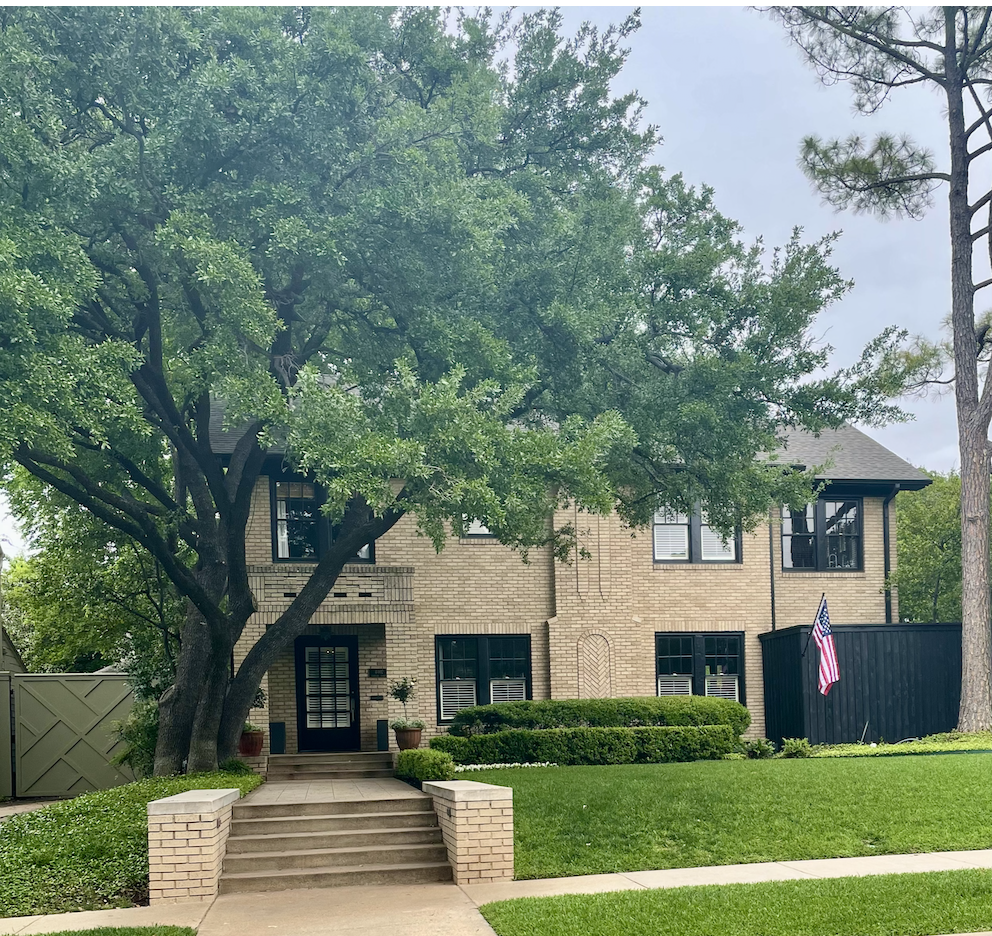
Catherine (“Cay”) and Nathaniel (“Key”) Kolb moved into the house at 4402 Rawlins in 1964 and in it raised three boys and three girls. They had met in Dallas in 1958 while Cay, who had just graduated from Drake University in Des Moines, was working as a buyer for Sanger-Harris and Key had just graduated from Texas A&M University. After receiving his Master of Architecture from the University of Pennsylvania, Key began a distinguished career with the Omniplan firm designing commercial retail, office, and university buildings nationwide and serving as the firm’s president from 1972 to 2000. Key was president of The Institute of Architects in 1979 and was active in Dallas civic affairs such as urban design, historic preservation, the arts, and the environment. Key Kolb also served on various boards such as the Urban Design Task Force, Neighborhood Conservation Alliance, Dallas Ballet, Fidelity Bank, Peacock Alley, and DART. He served as chairman of the Dallas Historical Landmark Committee, helping the West End, Cedar Springs Fire Station, and the Mobil Building achieve landmark status. One of the couple’s three sons was Franklin Dial “Bubba Kolb”, a jazz pianist, and trombonist who, from 1975 to 1981, led a jazz trio, “The Bubba Kolb Trio.”
Cay shared many of the same interests and devoted herself to civic contributions in order to preserve and protect inner-city neighborhoods and advance the quality of life for its residents. She started by joining a few others in forming the Oak Lawn Preservation Society in 1973. The Society was formed in response to increased commercial development efforts to redevelop Oak Lawn’s quiet neighborhoods, such as turning Turtle Creek Boulevard into a highway. She became a neighborhood activist and community leader fighting for responsible land use, public transportation, airport noise abatement, and zoning.
In the 1970s, several houses bordering Perry Heights on Lemmon, Cedar Springs, and below Wycliff were being demolished and replaced with strip malls, fast-food businesses, and office space. The entire area was declining with absentee landlords not keeping up their properties, and an increase in crime, drugs, and prostitution. The Kolbs knew they would have to protect Perry Heights and the surrounding area so they formed what would become the Perry Heights Neighborhood Association. Their first challenge involved a house in the 4400 block of Vandelia, owned by an absentee landlord that had inherited the property and wanted to offer the house as a transitional home for recovering addicts that would spend six months living in the house. Their group raised money for an attorney and successfully denied the owner that specific use of the home. Cay and Key also knew they need to restrict access through the neighborhood if they were going to preserve it, so they worked toward closing off three intersections on Herschel and Prescott to vehicular traffic. They were finally successful in 1975 after some opposition from outside interests and even a lawsuit brought on by other Perry Heights residents. They first began with barriers and then after the city council approved it, the neighborhood created concrete curbs with flower beds that cut off the streets to traffic. The Kolbs and 100 other neighbors celebrated with a block party while a few longtime neighbors who objected continued to complain. Later, in the 1980s, another push to cut off pedestrian traffic at those intersections was also successful, led mostly by David Wagner and other neighbors to further reduce crime in the still transitional neighborhood.
In the early 1980’s Cay also thwarted attempts by one developer to take additional land from Craddock Park to create a northbound entrance to the Dallas North Tollway and another developer to build a large-scale rental development on Lemmon.
The then-owner of the plantation-style house on the corner of Rawlins and Hawthorn was the Director of the Dallas Museum of Art at the time and was also involved in that fight. When his family left the neighborhood, he gifted his neighbors a drawing showing how much he appreciated the strength of the neighborhood association in preserving Perry Heights. One of our neighbors found it in a recent estate sale.
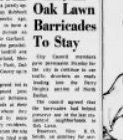
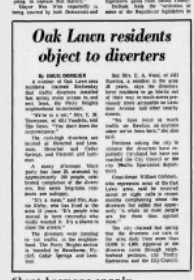
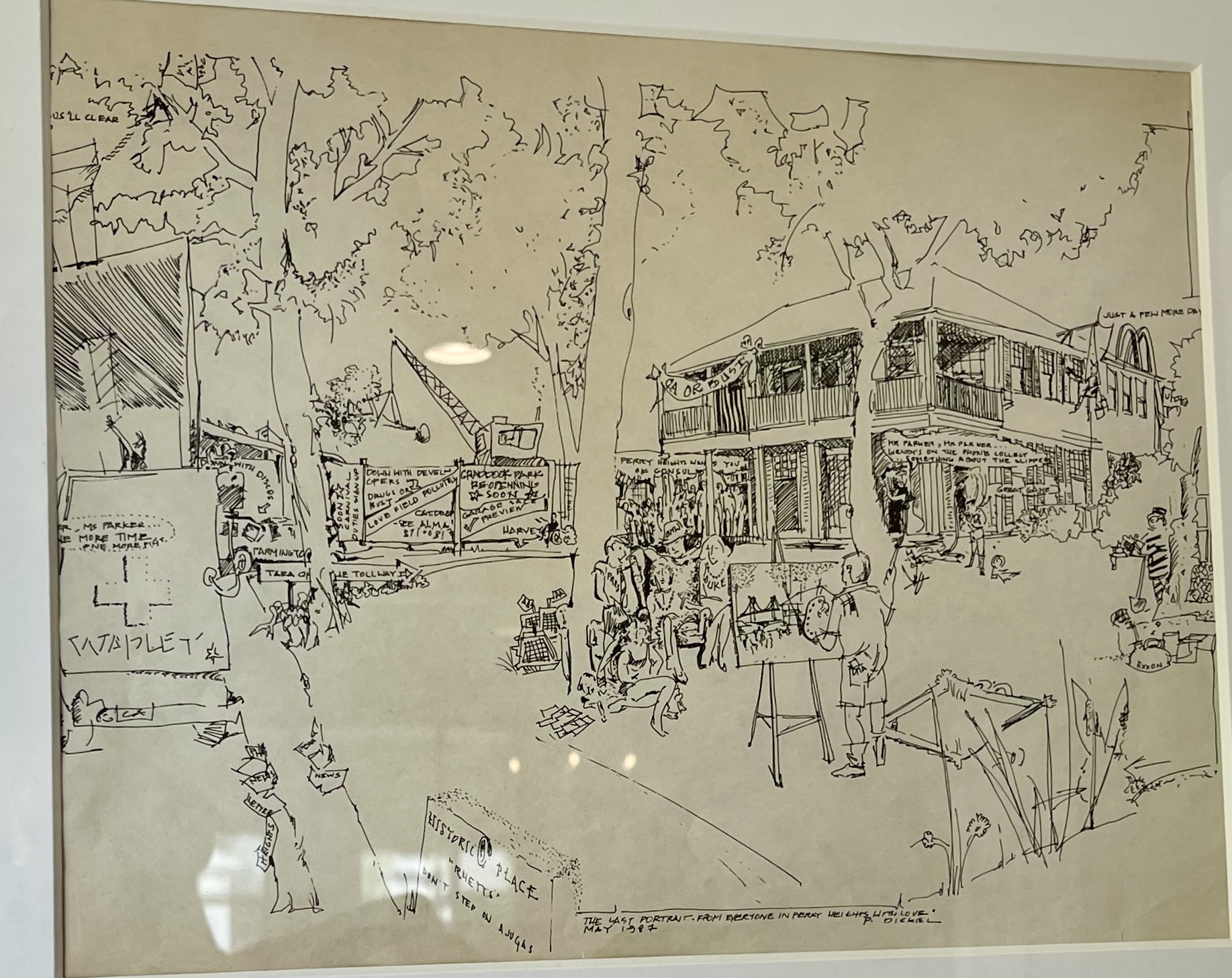
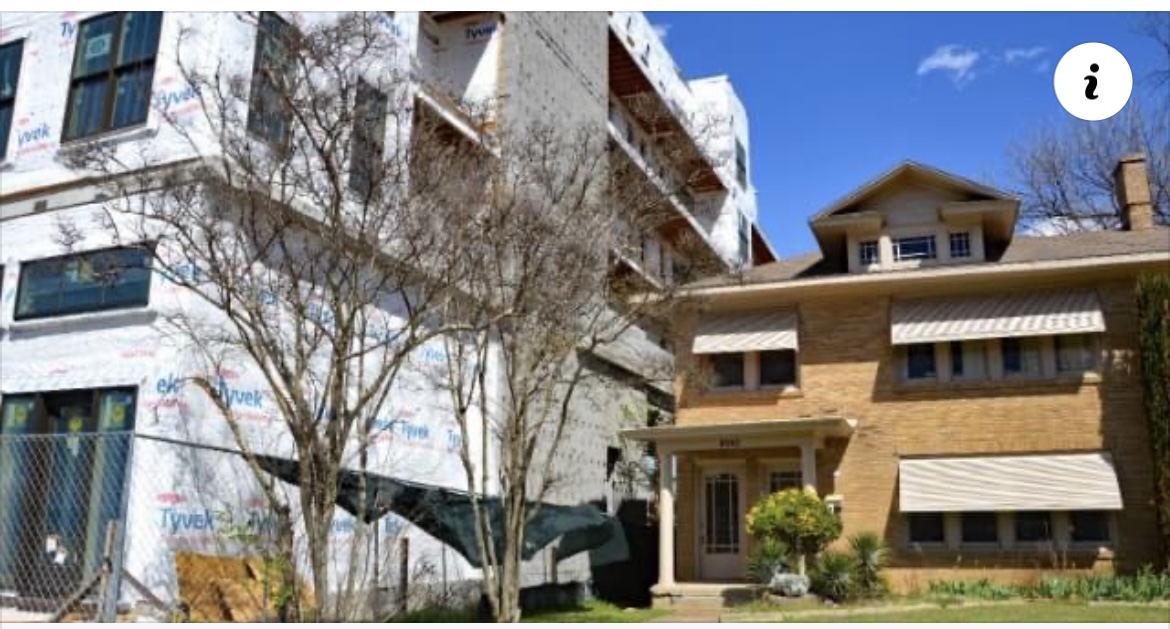
Cay was involved in the Dallas Homeowners League, Love Field Citizens Action Committee to hold Love Field accountable for airplane noise, Friends of the Katy Trail, and the Oak Lawn Preservation Society. Cay spearheaded the push for the Katy Trail, starting with a petition and then pushing the new trail through the city. Cay was also behind the first tree preservation ordinances in the City of Dallas. She played a vital role in developing the master plan for Oak Lawn known as Oak Lawn Planned Development District No. 193, which was designed to protect the neighborhoods of Oak Lawn and provide limitations on new commercial development. PD 193 is still in effect today and the committee that Cay formed is upheld by the Oaklawn Committee. She was the chairperson and president through the 1980s and 1990s.
Cay was also involved in some controversies in her time.
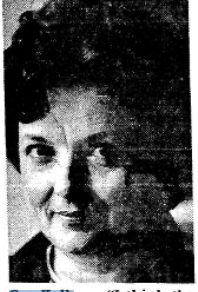
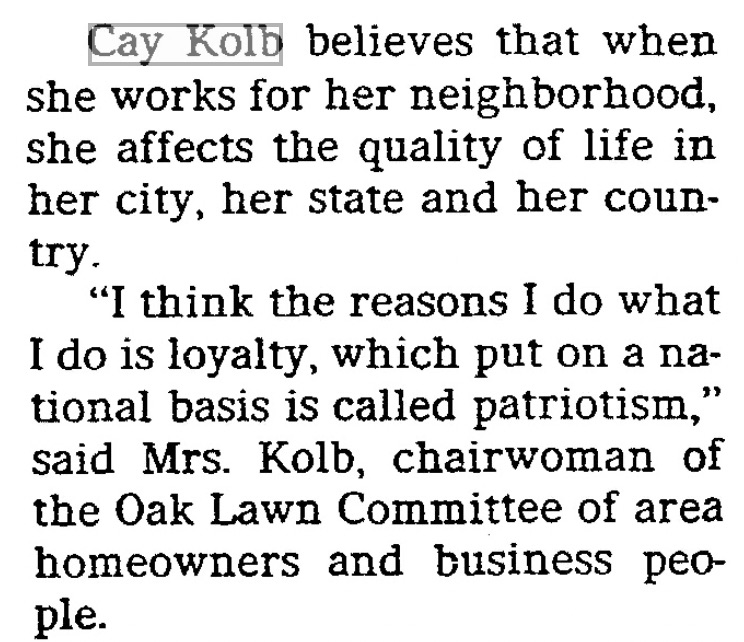
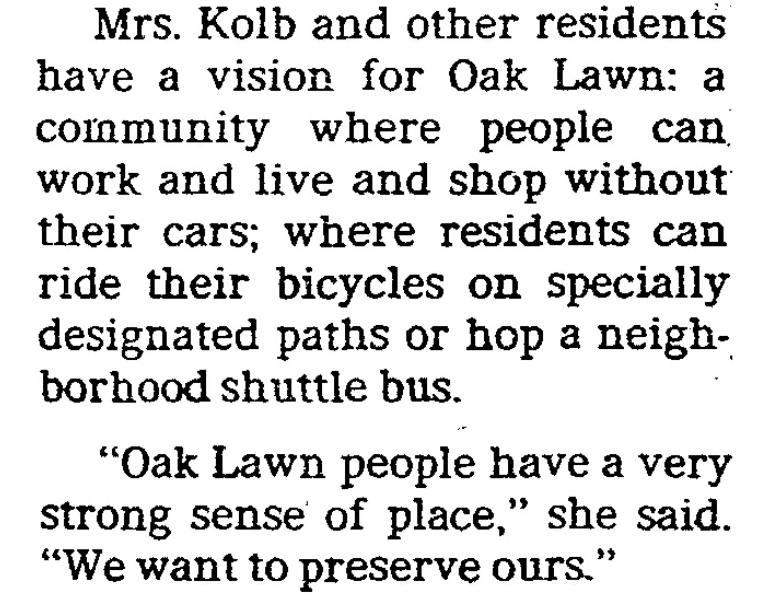

She was the OLC president in 1991 when a push from the city council representative, Lori Palmer, to hold bars in her Oak Lawn district, which included many gay bars, to conform more to PD-193 by providing more parking for patrons. This caused many gay bar owners and gay rights activists to protest. Cay stated that this was not a targeted gay community issue, but unfortunately, it was taken as one. One of those bar owners was another Perry Heights resident, Howard Okon. The campaign was soon dropped. In recalling the controversy, Howard stated, “Cay was a tough cookie, but we always got along great. She had no problems with the gays.”
The Kolbs led the adoption of the Rawlins Conservation District in the early 2000s. Initially, the Kolbs and a few other neighbors wanted to preserve the character of Perry Heights by changing the zoning for the entire neighborhood into a conservation district. There was a great deal of opposition from homeowners on Hall and Vandelia streets. Those residents were concerned that they would be limited in what improvements they could make to their homes. After months of contentious meetings, the Kolbs along with supporters living on Rawlins decided to break off and make Rawlins the one street in the neighborhood protected by a conservation district. Some homeowners on Hall and Vandelia felt either abandoned by that decision or upset that a conservation district was pushed, and blamed the Kolbs. Still, the decades-long work that Cay and Key put into preserving Perry Heights as a quiet spot within Oak Lawn and establishing PD 193 has helped save Perry Heights from being transformed by developers in ways we see every day in the areas surrounding us. We continue to be a smaller, but cohesive, historic neighborhood at 100 years and counting.
Cay and Key were married for over 47 years until Key’s death in 2006. Cay passed away in 2014.
Cay Kolb deserves a collective thank you from each of us who enjoy this special neighborhood, Perry Heights. We also should feel a responsibility to preserve it and protect it for future generations.
